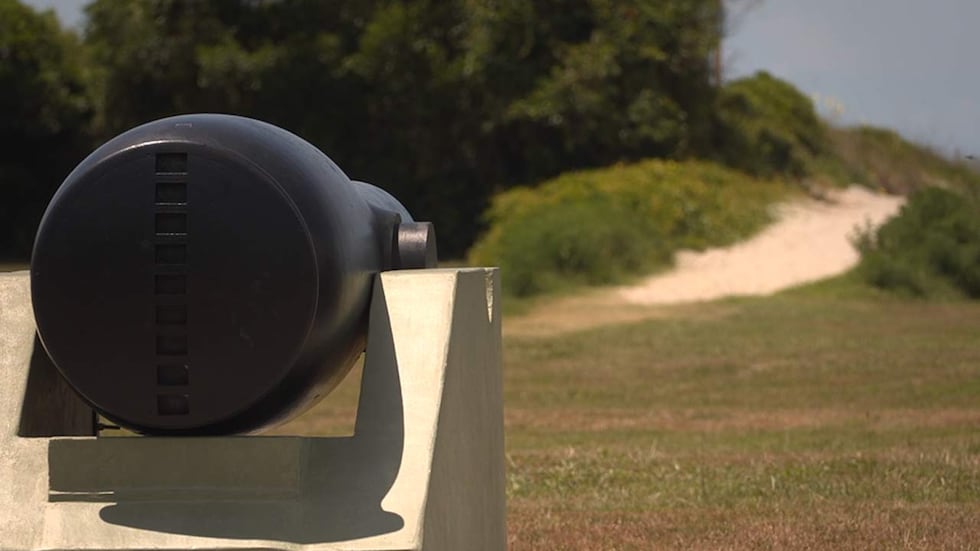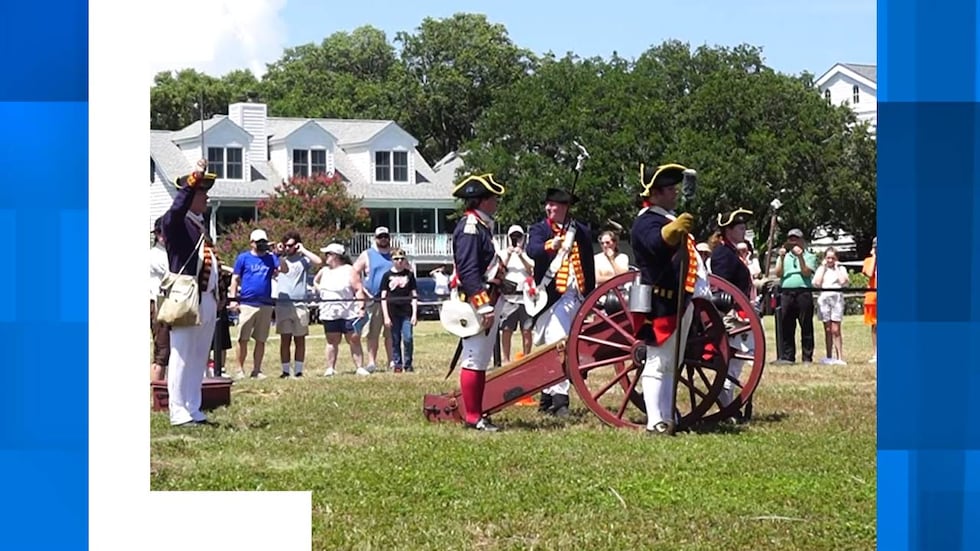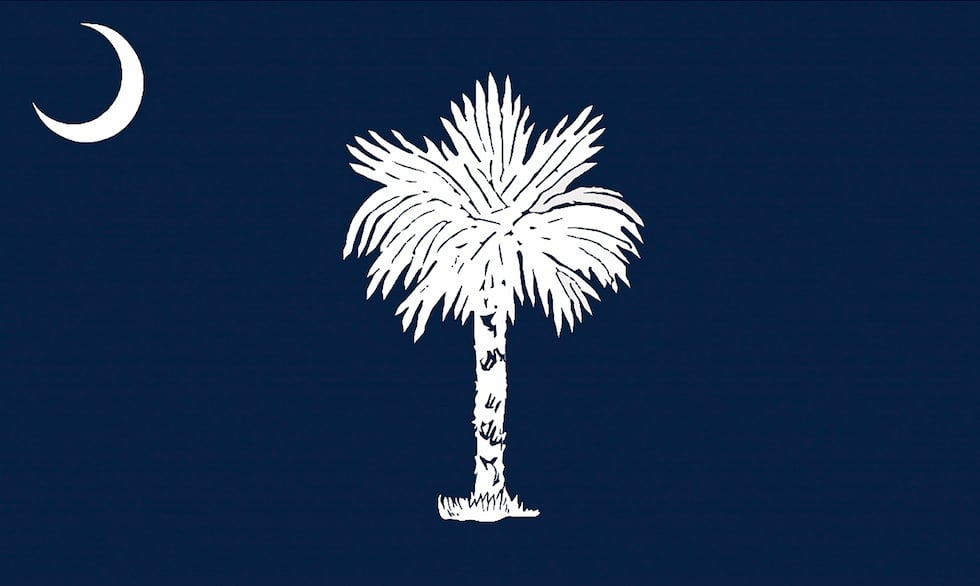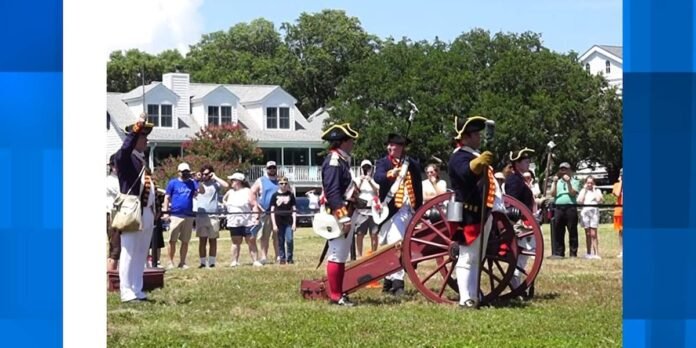SULLIVAN’S ISLAND, S.C. (WCSC) – The Battle of Sullivan’s Island was a key victory in South Carolina history that took place just days before the country declared its independence from Great Britain.
Fort Moultrie sits on the shore of Sullivan’s Island, and before it was retired from military service in 1960, the half-built, palmetto-log and sand fort stood up to a British invasion. That was on June 28, 1776.
As a park ranger at the Fort Moultrie and Fort Sumter National Historical Park, Cristopher Reid explains the significance of the historic site.
“Fort Moultrie is, at the beginning of the Revolutionary War, not Fort Moultrie yet, at least not by name,” he says. “It’s this little half-built fort. It’s made out of Palmetto logs and sand. And you’ve got the Royal Navy showing up with nine warships, a whole fleet of supply ships, at least 260 cannons. The guy in charge of the Army is second in command of all the colonies. So, they’re well prepared to show up and take this place.”

Reid says the Royal Navy expected to march across and destroy Col. Danger Thompson and his men and then march down to the unnamed fort and just run it over.
“What they find out instead is that Breach Inlet at low tide is at least seven feet deep. They’re going to have to cross it by boat, and as they attempt that, Col. Thompson and his men are going to open fire with cannons and muskets and sharpshooters,” Reid says. “So that advance will be halted. (On one end of) the island, you’ve got that palmetto log and sand fort with only about 450 soldiers and only about 30 cannons, versus about nine Royal Navy warships and 260 cannons, and the battle that day is brutal.“
After that full-day battle, the Royal Navy fails, he says, unable to make it into Charleston Harbor or past Fort Moultrie.

“And so, the fort is largely unharmed. At the end of the battle, the Royal Navy retreats. That flag becomes pretty well recognized as a symbol of victory, as a symbol of pride, so much so that when South Carolina is declaring secession on the eve of the Civil War, they’re trying to set themselves apart and form their own identity,” Reid says.
They decided to use Moultrie’s flag with one extra element.

“They add that palmetto tree in the middle of it, and we’ve been using it ever since as our state flag. So, even our state flag is tied right here to Fort Moultrie and the Battle of Sullivan’s Island.”
Copyright 2025 WCSC. All rights reserved.






